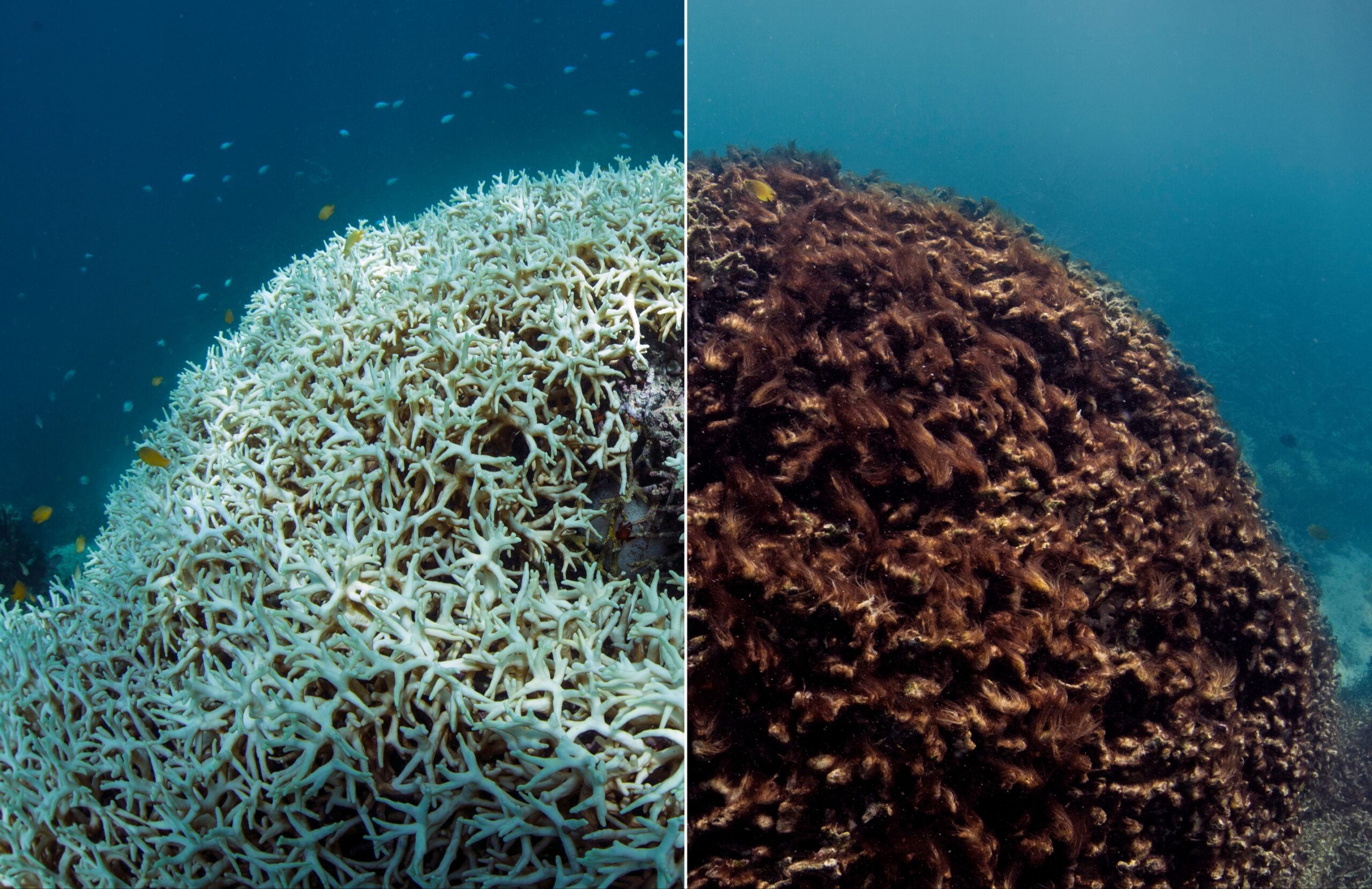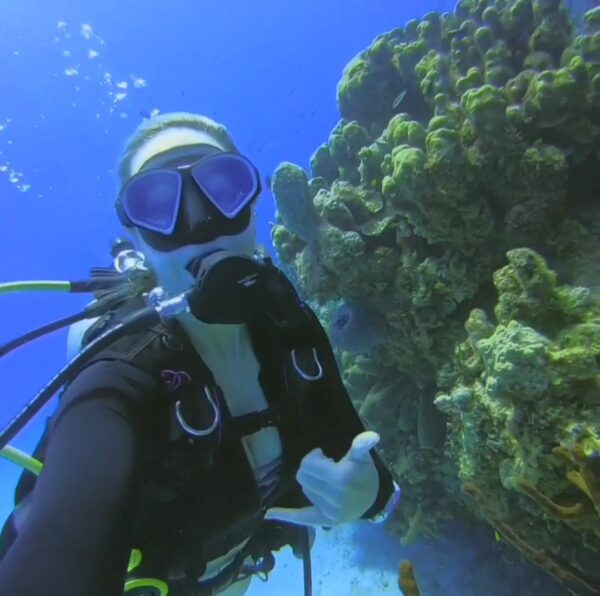
The Beauty Of Mineral Sunscreen
The weather is warmer, summer is around the corner, and everyone wants to be outside soaking up some sunshine and vitamin D!
However, as lovely as that sounds, the intense UV rays can cause sunburns, premature aging, wrinkles, age spots, sun spots, and freckles. Doctors and dermatologists agree that damaging UV rays have been shown to accelerate photo-aging and increase your risk of skin cancer. This is why mineral sunscreen is the #1 doctor-recommended, anti-aging, skin cream that’s proven to help prevent sun damage.
But unfortunately, not all sunscreens are created equal. So in this post I’ll be explaining everything you need to know about the differences between mineral vs. chemical sunscreens – and why you should choose mineral.☀️
Mineral Vs. Chemical Sunscreen
There are 2 main types of sunscreen, mineral and chemical.
Mineral sunscreens are not only effective against UVA and UVB rays – but they’re also formulated without the toxic ingredients found in chemical sunscreens.
Mineral sunscreen is essential to preventing sun damage and keeping your beautiful skin healthy and looking youthful. And the new mineral formulas have vastly improved so they’re more transparent (sans white cast).
Mineral (aka physical sunscreens) are different than chemical because they act as a physical barrier to help protect your skin. It works by blocking and reflecting the sun rather than using energy conversion like chemical sunscreens.
There are 2 types of mineral-based formulas: zinc oxide and titanium dioxide. Both are beneficial in protecting and shielding from harmful rays.
The Scary Truth About Chemical Sunscreens
There’s an abundance of toxic chemicals found in chemical sunscreens that can cause a variety of problems for your health – as well as the environment.
What’s worse is they usually contain ingredients that act as “penetration enhancers” to help these products adhere to your skin.
As a result, many sunscreen chemicals are absorbed into the body and can actually be measured in blood, breast milk, and urine samples! Not to mention, inhaling these chemicals in sunscreen sprays can be harmful to your lungs and internal organs.
The majority of sunscreens you’ll find in stores are the chemical versions that usually contain at least 2 of the following toxic ingredients:
☣︎ The Toxic Ten ☣︎
- Oxybenzone
- Avobenzone
- Octisalate
- Octocrylene
- Homosalate
- Octinoxate
- Ecamsule
- Octyl methoxycinnamate
- Octyl salicylate
- Cyclomethicone
According to the Environmental Working Group (EWG), some of these toxic chemicals are reported to be known endocrine disruptors. So in other words, they mimic the effects of naturally occurring hormones in your body. And with regular use, studies have shown it can actually create a hormonal imbalance. Oxybenzone, specifically, has been linked to lower testosterone levels in men.
In addition, some of these chemicals have been shown to be known carcinogens as well as the cause of skin allergies, rashes, redness, itching, burning, and blisters.
Remember, what you put onto your skin gets absorbed into your skin – so show some self-love and protect yourself with healthy, natural ingredients.

The Chemical Reaction
With chemical sunscreens, the active ingredient is essentially changing light into heat energy which can create a negative chemical reaction on your skin.
This heat conversion on the skin causes inflammation and is shown to actually produce more of a photo-aging effect!!
And this is exactly why mineral sunscreen is the most effective anti-aging skin cream that money can buy.

The Environmental Impact of Chemical Sunscreens
Not only can the ingredients in your average chemical sunscreen cause an array of health problems for you, but they also negatively impact coral life and marine ecosystems as well.
Like your body, coral reefs are also irreplaceable. Oxybenzone is linked to causing coral DNA damage, and the degradation of our reefs. There is an overabundance of people using these chemical sunscreens worldwide.
Consequently, each year around 14,000 tons of these toxic ingredients saturate our coral reefs. And the damage isn’t just from wearing these chemical sunscreens while swimming. Whenever you shower off these products, they enter the wastewater stream and ultimately into the ocean.

Corals are composed of a calcium carbonate skeleton that houses microscopic algae. In short, the algae acts as a food source for the coral, and that’s what creates coral’s bright and beautiful colors. Even a small amount of oxybenzone can damage the DNA in both mature and larval coral.
As a result, this causes the coral to reject this essential algae, bleaching the coral in the process. Without their symbiotic algae buddies, coral can’t survive long-term, and a thriving marine ecosystem is threatened.
And one of the main causes of coral bleaching is… Chemical sunscreens.
Key Takeaway | Use Mineral Sunscreen
Needless to say, choosing the right sunscreen matters. When you’re shopping for an SPF, look for the labels that say mineral or natural sunscreen and preferably organic. Sunscreens should have a minimum SPF30+ and always reapply after swimming.
Chemical-laden sunscreens pose detrimental and irreversible damage to your health, our coral reefs, and the entire marine ecosystem. As a diver, I’ve seen firsthand the damaging effects on coral reefs and the consequences these chemicals are creating over time. Protecting your skin shouldn’t come with a toxic price – and it doesn’t have to!
So next time you’re heading out for a dose of vitamin-sea, remember the mineral sunscreen to help preserve your precious skin – as well as our beautiful planet.🌎



Great info! I had no idea how toxic chemical sunscreen is! Thank you, Marissa
Thank you, Marissa! And yes, I didn’t realize the difference either and it’s something that people really need to be aware of. I’m happy it helped!